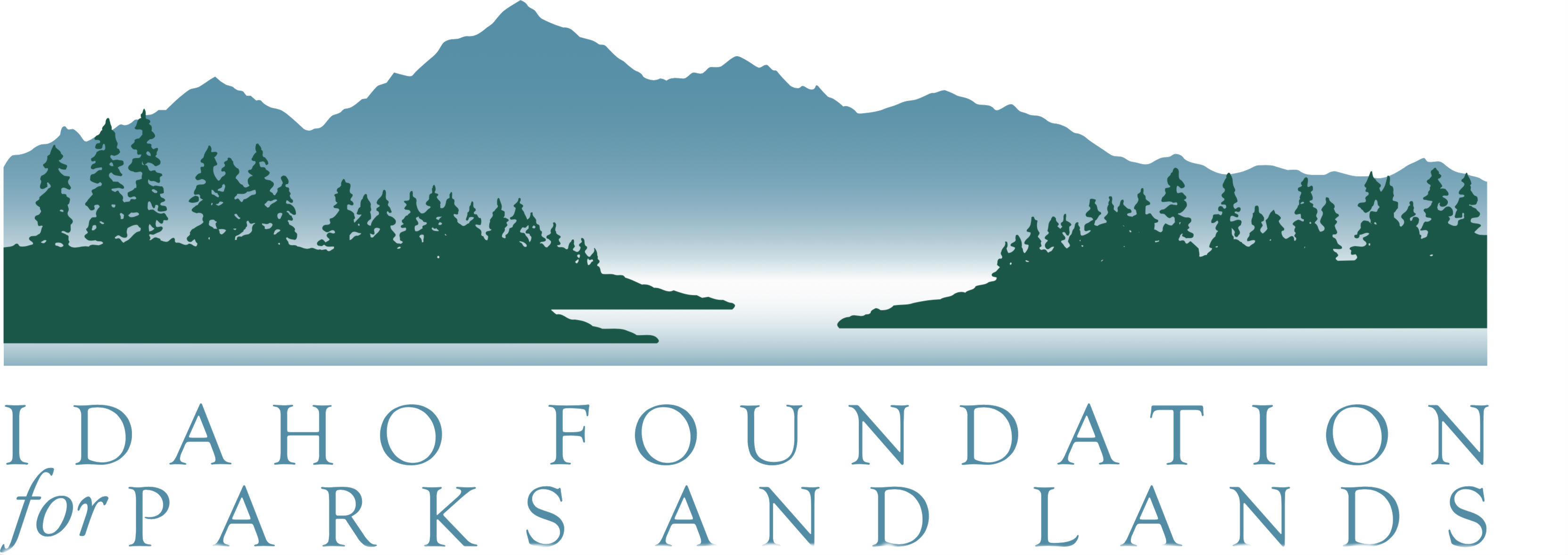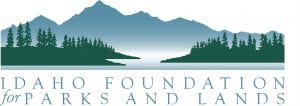For thousands of years prior to the arrival of European settlers in the mid-19th century, the Barber Pool area was inhabited by the indigenous Shoshone and Bannock peoples. At the time, the Boise river ran freely through a braided channel. Its banks were rich with riparian vegetation and shaded by a thriving cottonwood forest. The Native Americans would gather annually in the valley to fish for salmon and to trade with other tribes. Some of the tribes wintered in the valley and visited the hot springs for bathing and healing.
In the early 1860s, Isaac Coston began operating a ranch in the area. Coston became an important early civic leader in Idaho, serving four terms in the territorial legislature, and participating as a member in the constitutional convention in 1889. Coston’s small cabin was preserved and is now located with other historic buildings in Julia Davis Park.
In 1902, James Barber purchased the Coston ranch, building a sawmill near the site of the old cabin. Barber hired more than 300 men to construct a wooden dam across the Boise River to provide a log pond and electrical plant for the mill. The dam backed up the river, creating the pond and the larger area of slack water and lowland riparian habitat we now refer to as the Barber Pool.
The lumber mill operated for over thirty years. During that time, Barber built a company-owned town nearby. Named “Barberton,” it included a hotel, general store, school, and housing for its hundreds of workers. He also built a number of railroad lines to haul passengers and lumber.
In 1914, Boise Payette Lumber acquired the mill from Barber. The mill shut down in 1935, during the Great Depression. Barberton was abandoned and many of the houses were re-located to the City of Boise.
Boise Payette continued to own the dam and the hundreds of acres surrounding it until, in 1957, it merged with Cascade Lumber and became Boise Cascade Corporation. For the next twenty years, the Barber Pool was left largely unused, except for some grazing by a neighboring landowner.
In 1978, Boise Cascade donated the Barber Pool to the Idaho Foundation for Parks and Land, a non-profit private land trust. At the time, IFPL was the only land trust in Idaho. It had been formed several years earlier, in partnership with Governor Robert Smylie, to assist in holding donated lands, pending creation of the Idaho State Parks system.
Barber Pool was named “one of eleven” Idaho Unique Ecosystems by the U.S. Fish & Wildlife Service in 1979. Also in the late 1970s, both Barber Dam and the Barber Lumber Mill were designated as historical archeological sites by the National Park Service.
At the request of IFPL, the Army Corps of Engineers undertook a detailed survey of the Barber Pool as part of a project to develop a master plan. The ACoE completed its report in July of 2002, concluding that, because the Barber Pool “contains one of the last intact cottonwood stands in the rapidly urbanizing Boise area” and because it is “heavily utilized” by hundreds of species of animals and birds, “the BPCA is a place of tremendous significance to wildlife, conservationists and the scientific community.”
IFPL has added to its land holdings in the Barber Pool over the years, buying out private owners where possible. The two most recent acquisitions are a 12 acre parcel immediately to the west of the Idaho Shakespeare Foundation amphitheater, and another 35 acre parcel (the Gregerson property) just to the east. ISF has been an important partner with IFPL in helping to raise funds to purchase these parcels, preventing residential development within the Barber Pool.
In 2018, IFPL created an advisory council to actively assist with “conservation and protection . . . [and] broaden the base of support for the Barber Pool.” The council includes neighboring landowners, scientists (biologists, ecologists and botanists) engineers, recreation managers, public engagement specialists and representatives from municipal and state agencies. The council completed a vegetation study and map in 2019 and is currently implementing a number of targeted projects for habitat improvement, signage and public education.
In March of 2020, IFPL issued a request for proposal to develop a master plan for restoration and protection of the Barber Pool. IFPL’s vision, as stated in the RFP, is to “Create an ecologically functional, sustainable, and community-supported Barber Pool Conservation Area that will maximize protection for native plants and wildlife by inviting people to act as stewards for generations to come.” After an extensive interviewing process, IFPL selected Ramboll Consulting, an internationally recognized engineering and landscape architecture firm. At the time of this writing, Ramboll has begun work on this ambitious project to engage all interested stakeholders in designing a plan that will preserve this spectacular natural landscape for future generations.
Please help us protect the natural beauty and wildlife of the Barber Pool in perpetuity . . . we need your help!


